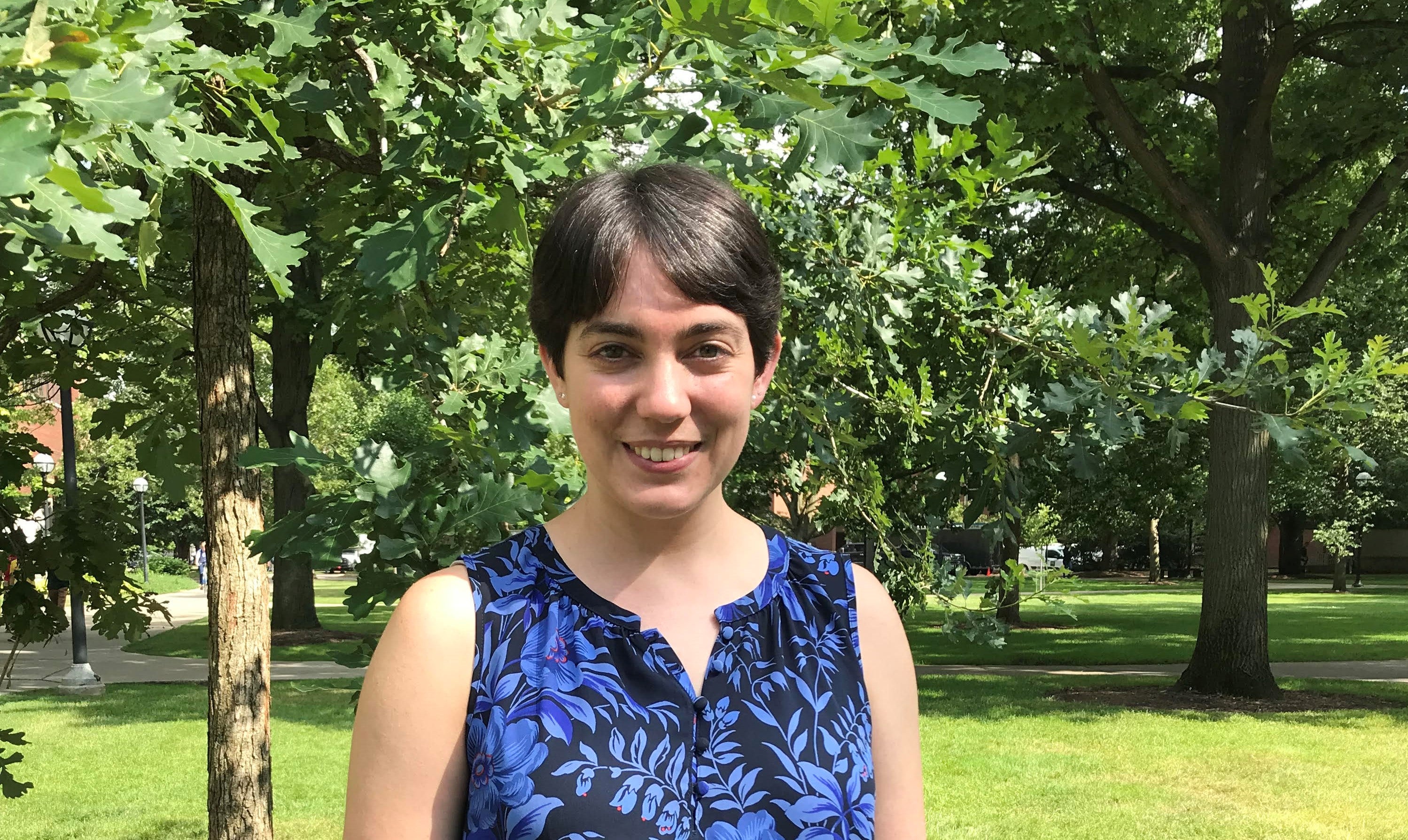Abstract: Many widely used spectroscopic techniques rely on fluorescence detection, and fluorescence-based methods are particularly useful for the study of biological macromolecules. The nucleic acids RNA and DNA are almost completely nonfluorescent, so artificial dyes must be added in order to enable fluorescence-based techniques to be used. This allows the researcher to selectively probe a specific region of a large macromolecule, but it requires the sample to be chemically modified. Such modifications are typically made with the goal of minimizing perturbations to the sample, and it is often taken for granted that any interference will be negligible. The Widom Lab set out two years ago with the goal of using bulk, single-molecule and ultrafast spectroscopy to probe the structures that RNA folds into and its dynamic sampling of different structures. I will briefly introduce the work we intend to do with the single-molecule and ultrafast instruments we are currently building. However, the focus of my talk will be a surprising detour we took that highlighted the importance of not simply assuming that fluorescent probes do not perturb the sample they are used to study. Specifically, we substituted in a popular fluorescent probe, the base analogue 2-aminopurine (2-AP), at six different positions in an RNA that is responsible for regulating protein production in bacteria. We found that at all the positions we tested, 2-AP substitution suppressed the ability of the RNA to bind to the metabolite that regulates it, preQ1. 2-AP-modified RNA underwent smaller structural changes upon preQ1 binding, and the preQ1-bound form was less resistant to thermal denaturation. In uncovering these perturbations, we were able to identify interactions within the RNA that play key roles in preQ1 recognition. Meanwhile, the search continues for a structurally neutral probe that we can use to study this RNA and others, and we are now expanding our toolbox to include other fluorescent base analogues that are not yet widely in use.
Seminar: Fluorescent Probes for Spectroscopic Studies of RNA Folding: Not as Innocent as you Think
By Julia Widom, OMQ

- Event Type: Seminar
- Date and Time: 01/11/2021 4:00 pm - 01/12/2021 4:45 pm
- Location: Zoom
